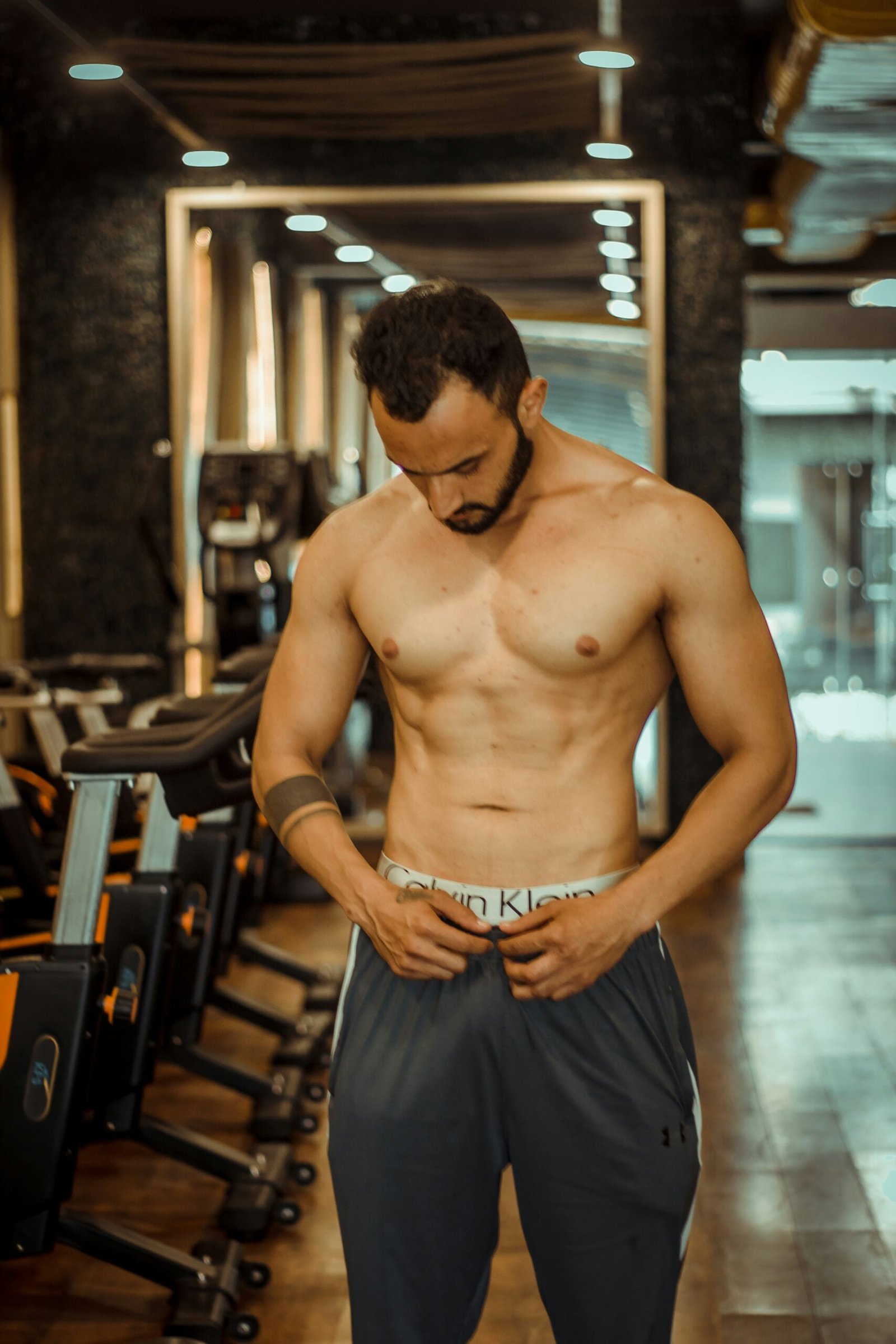Understanding the Anatomy of the Chest Muscles
The chest muscles, primarily comprising the pectoralis major and pectoralis minor, play a pivotal role in upper body movements and overall strength. The pectoralis major is the larger of the two muscles and has two distinct heads: the clavicular head (upper chest) and the sternal head (lower chest). This muscle is responsible for several crucial functions, including the adduction and medial rotation of the humerus, as well as flexion of the shoulder. Exercises like bench presses and push-ups effectively target the pectoralis major, promoting hypertrophy and strength.
On the other hand, the pectoralis minor is a smaller, triangular muscle located underneath the pectoralis major. This muscle attaches to the third, fourth, and fifth ribs and inserts into the coracoid process of the scapula. Its primary function is to stabilize the scapula by drawing it anteriorly and inferiorly against the thoracic wall. Movements such as scapular protraction and downward rotation heavily engage the pectoralis minor.
Understanding the anatomy of the chest muscles is crucial for designing an effective workout plan. By knowing how each muscle functions and what exercises target them, individuals can ensure balanced muscle development. For instance, while the pectoralis major can be engaged through compound movements like the bench press, isolation exercises such as chest flyes can provide targeted activation. Additionally, incorporating variations in grip and angle, like incline and decline bench presses, ensures comprehensive engagement of both the upper and lower portions of the pectoralis major.
Moreover, a well-rounded chest workout not only enhances muscle definition but also reduces the risk of injury. Balanced training that includes both pushing and stabilizing exercises helps maintain joint integrity and muscular symmetry. Therefore, a deep understanding of chest muscle anatomy is indispensable for anyone seeking to maximize strength and definition through their chest workouts.
Crafting the Perfect Chest Workout Routine
Creating an effective chest workout routine requires a balanced approach, integrating various exercises that target different aspects of the chest muscles. To maximize strength and muscle definition, it is essential to include a mix of compound movements and isolation exercises.
One of the cornerstone exercises for chest development is the bench press. This compound movement engages the pectoral muscles along with the triceps and shoulders. To perform the bench press correctly, lie flat on a bench with your feet firmly on the ground. Grip the barbell slightly wider than shoulder-width apart, lower it to your chest, and then press it back up until your arms are fully extended. Aim for 3-4 sets of 8-12 repetitions, adjusting the weight to challenge your muscles progressively.
In addition to the bench press, incorporating isolation exercises like the chest fly can significantly enhance muscle definition. The chest fly specifically targets the pectoral muscles, providing a deep stretch and contraction. To execute this exercise, lie on a bench with a dumbbell in each hand, palms facing each other. With a slight bend in your elbows, lower the weights out to the sides until you feel a stretch in your chest, then bring them back together above your chest. Perform 3 sets of 12-15 repetitions.
For optimal results, include a variety of exercises to target the chest muscles from different angles. Push-ups, incline bench presses, and cable crossovers are excellent additions to your routine. Aim to mix in these exercises to prevent plateaus and ensure comprehensive muscle development.
Progressive overload is crucial for continuous improvement. Gradually increase the weight or resistance used in your exercises to keep challenging your muscles, promoting growth and strength gains. Additionally, rest and recovery play a pivotal role in muscle development. Ensure you allow at least 48 hours of recovery time between intense chest workouts to facilitate muscle repair and growth.
Nutrition is another critical aspect of supporting muscle growth and overall fitness. Adequate protein intake, along with a balanced diet rich in essential nutrients, can significantly enhance your workout results. Hydration and proper supplementation can also aid in recovery and performance.

